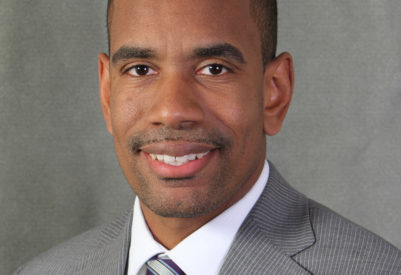
Southwest Tribune Newspaper, Rochester, NY
Today, diversity and inclusion (D&I) programs are widespread in corporate America, but there’s a problem: They’re often ineffective at actually creating better environments for employees.
These programs allow companies to check the D&I box, but they fail at their most basic objective of changing people’s behaviors to be more inclusive.
Even large companies with plenty of resources at their disposal struggle to successfully create discrimination-free, inclusive workplaces. Search for stories of corporate discrimination cases and you’ll find hundreds of recent results. Why is it so hard to implement effective D&I training? More importantly, what needs to change to create more inclusive workplaces?
To create a future with effective D&I training, we need to rethink and rebuild programs from the ground up, starting with the motivations behind them. The cold, calculated truth is that many D&I programs aren’t implemented with employees’ best interests in mind—they’re made to avoid lawsuits. Until that motivation changes and we as leaders focus on real improvements, we’ll continue to enable toxic, discriminatory behavior in the workplace.
You might be wondering, “What’s the problem with companies wanting to protect themselves from lawsuits?” Certainly, lawsuits are an important concern from a financial perspective. But several problems arise when litigation is the only focus of a D&I program. First, it means the training centers on the company’s interests and perspective, not the employees who might be experiencing discrimination and their experiences. Second, lawsuit-mitigation-based training is all about what not to do, not how to change minds and behaviors.
The resulting approach tends to be too tactical and focused to be effective. For example, the training often reads like a laundry list of “how to not discriminate against minority groups.” These programs tell the listener how to treat women, how to act around a person of color, how to address unconscious biases and so on. The end result is overly prescriptive training that doesn’t eliminate discrimination and exclusion. Ultimately, that’s unhelpful to both the company and employees.
What if, instead, the mindset behind D&I training was centered on creating a better workplace for everyone?
If we guide people in building empathy toward others who are not like them in some way, we can address the cause of discriminatory behavior at its root. This requires taking people on a journey of self-awareness to uncover and dismantle biases, not simply giving them a list of phrases and actions to avoid.
Another problem with D&I training as it exists today is that its messaging doesn’t resonate in a meaningful way with the people who need to hear it. Consider that most people’s reaction upon learning D&I guidelines is to think: “Why do I need this training? I’m not racist. I’m not sexist.”
These thoughts feel like accusations. The person hearing them is usually put on the defensive from the start, and they’ll deny having ever acted with bias or prejudice. From this closed mindset, learning becomes extremely difficult. In other words, we can’t teach a person how to not be racist when they believe they haven’t been—the message simply won’t sink in.
In this situation, people may follow the list of guidelines to avoid a lawsuit, but their underlying biases will still be in place. They may still discriminate and exclude others without even realizing it. When full inclusion and a safe, supportive workplace for all is the goal, getting lukewarm results like this is not enough. We as leaders must do more to create environments that serve and empower everybody.
One approach is to address bad behavior across the board. In other words, rather than focusing solely on discrimination, we might get better results from talking about self-awareness and triggers for poor behavior in general.
Say a white, male executive has a tendency to yell at his colleagues when he’s stressed. If he yells at another executive who is a person of color, he might be sent to a mandatory D&I class. But yelling is a toxic behavior, and we should work to discourage that behavior altogether—regardless of whom it’s directed at or coming from. That way, we create a better workplace for all.
To build the necessary empathy to eliminate bad behaviors, we need leaders to engage in genuine self-reflection.
They must ask themselves, “How do I behave in times of stress? How do I deal with conflict and disagreement? How can I respond in a more productive way?”
By teaching people to behave with more kindness, empathy and respect for each other, no matter who they are, we can reach a real place of commonality without division.
The good news about D&I training is that for many companies, it is still a new area of focus. That means there’s room to improve and fine-tune the process. The most impactful change we can make right now is to shift the emphasis from what people shouldn’t do around certain groups to what they should do around everyone.
When we approach workplace misbehavior in this broad way, we don’t polarize people. Real inclusion happens when we create an environment that respects and values humanity. Inclusion becomes a natural side effect of empathy, empowerment, vulnerability, trust and forgiveness.
By starting with these values and positive behaviors as a way to holistically eliminate discrimination, we can achieve real change and a better workplace for all.





